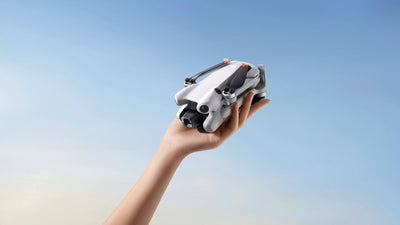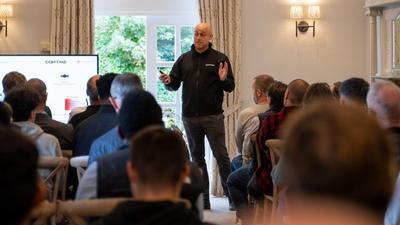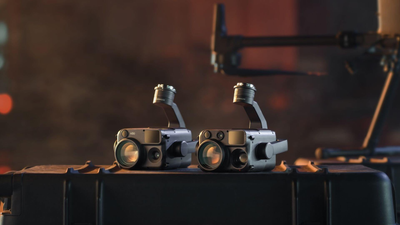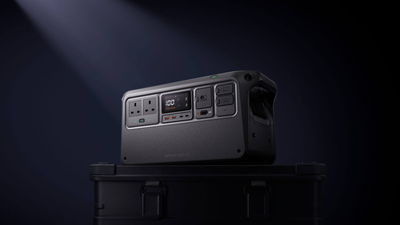Flying Drones At Night: What’s Legal, What’s Not
- by Stefan Gandhi
As drone technology continues to evolve, hobbyists are pushing boundaries and exploring new ways to capture the world from above. One of the most exciting frontiers is night flying. The prospect of aerial photography under the stars or simply enjoying the quiet skies after dusk is undeniably alluring. But before you launch your drone into the night, it’s essential to understand what the law permits and what it prohibits in the UK.
Understanding the Rules for Night Flights
The UK Civil Aviation Authority (CAA) regulates drone operations through a set of clear guidelines that all hobbyist pilots must follow. These rules apply at all times, but certain provisions take on greater importance at night.
If your drone weighs less than 250g and falls under the A1 subcategory, you can fly it without formal training or registration. However, any drone over 250g requires the operator to pass the CAA’s Flyer ID test and register for an Operator ID. This is crucial for accountability and safety.
At night, the same general rules apply as during the day. You must always maintain visual line of sight (VLOS) with your drone. This means being able to see it with your own eyes, without the aid of binoculars or FPV headsets. Flying at night presents extra challenges in this regard, so it's recommended that your drone is fitted with adequate lighting to maintain visibility.
Lighting Requirements and Visual Awareness
When flying at night, visibility becomes a primary concern. Your drone must be equipped with lights that make it easy to see and identify. Most modern hobby drones come with built-in LEDs for orientation, but you may want to add aftermarket lights for enhanced visibility.
The law requires that your drone be visible at all times. If you lose sight of it, you are in breach of the CAA’s regulations. To stay compliant, avoid flying too high or too far away, especially in areas with low ambient light. Always carry a torch and have a plan for retrieval in case of a crash or emergency landing.
Where You Can and Cannot Fly at Night
The location of your night flight is just as important as how you fly. Controlled airspace, near airports and built-up areas present higher risks and often require additional permissions. Always check the latest NOTAMs (Notices to Airmen) and use apps like Drone Assist to assess airspace restrictions.
Even in unrestricted zones, you must avoid flying over people, private property or congested spaces. At night, the potential for surprise is greater, and your drone might disturb residents or animals. Choose wide open, rural locations where you're unlikely to be a nuisance or cause alarm.
Staying Safe and Legal as a Hobbyist
Flying drones at night introduces added complexity. Reduced visibility and changing weather conditions can make operations riskier. Here are a few tips to keep your flights safe and legal:
- Use drones with reliable GPS and obstacle sensors
- Plan your flight path in advance and stick to it
- Conduct a pre-flight checklist including battery levels, lights, and firmware updates
- Always have a spotter if flying in darker environments
- Avoid flying in fog, rain, or high winds
It’s also wise to check local bylaws. Some councils may impose stricter rules on drone usage during nighttime hours, especially in parks or near residential areas. Staying informed is the best way to avoid fines or confiscation.
Common Misconceptions About Night Flying
A persistent myth is that drone flying is banned at night for hobbyists. This is simply not true. As long as you follow the existing rules, night flying is perfectly legal in the UK. The key is responsible operation. That means knowing where you are, where your drone is, and how to handle any potential issue that arises.
Another misconception is that small drones are exempt from all rules. While it’s true that drones under 250g are subject to fewer restrictions, they are not unregulated. Flying recklessly or endangering others can still result in legal action.
The Joy of Night Flights
For many hobbyists, flying at night opens up a whole new realm of creativity. Long exposure shots, light trails and unique cityscapes become possible. The airspace is quieter and often less crowded, offering a more serene flying experience.
However, with great opportunity comes great responsibility. Respect the rules, prioritise safety and remain considerate of others. The UK drone community thrives when hobbyists operate with professionalism and care.
Ready to Elevate Your Night Flights?
If you're looking to upgrade your drone setup for night flying, from LED kits to high-visibility models with enhanced sensors, visit the Coptrz online store here for the latest gear designed for hobbyists who want to fly smart and legal after dark.




